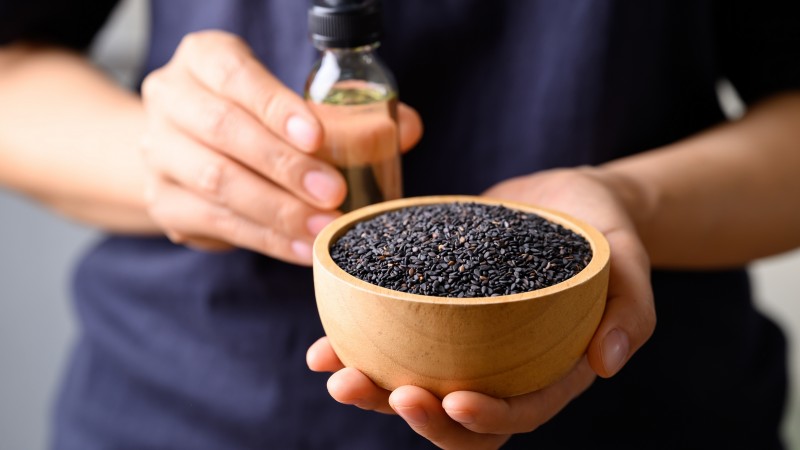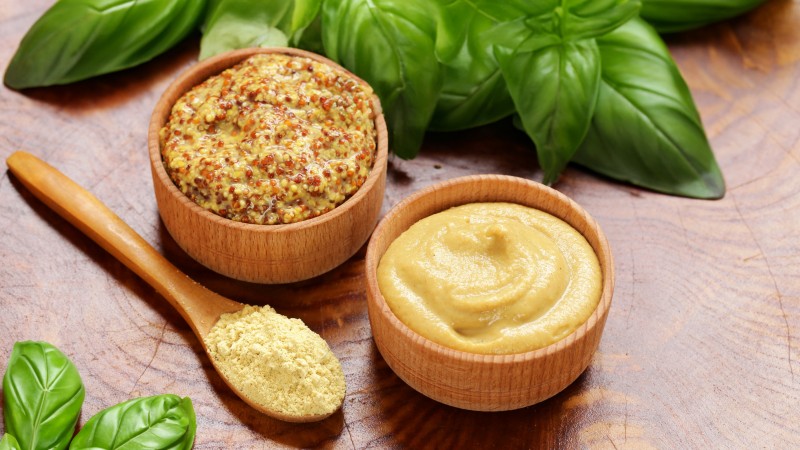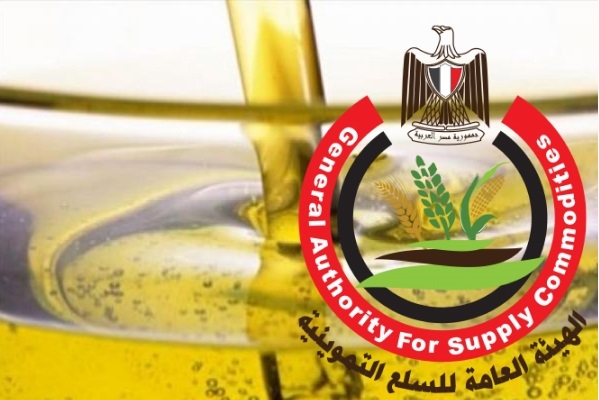MarketsFarm analyst Bruce Burnett was forecasting a “close-to-record” crop after wrapping up a 3,500-kilometre, five-day crop tour in mid-July.
He doesn’t feel that way anymore after nearly three weeks of hot and dry weather.
“There’s probably not going to be bumper production this year,” he said.
“We’re no longer at record yields.”
He has dropped his average canola yield by two bushels to 40 bu. per acre and his spring wheat yield by three bushels to 54 bu. per acre.
That shaved one million tonnes of production off each crop with canola now pegged at 19.5 million tonnes and spring wheat at 26.8 million tonnes.
It’s a similar story for the other grains, oilseeds, pulses and special crops grown on the Prairies. Early-seeded crops handled the heat well, but late-planted crops are “suffering tremendously.”
The bulk of the Prairie region received less than 40 per cent of normal precipitation in July, while temperatures were 2 to 3 C above normal for most of the grain growing regions of Alberta.
“It’s almost like it has been a flash drought on the Prairies,” he said.


2023/24 MY. Sunflower seed– SFS exports remained lower than last season due to exports restrictions and licensing. In June and July SFS exports were the lowest in the 2023/24.
– SFO exports in June and July were also lower y/y, which was expected given the SFS supply shortage.
– SFO and meal exports in September 2023-July 2024 are 15% and 20% higher than last season.
– in July S&D of SFS domestic processing increased due to the revaluation of the sunflower seed harvest.
2023/24 MY. Soybeans– The rate of monthly soybean exports during the season fluctuated, but in Sept-July total soy reached the level of last season, which is a record for Ukraine.
– Soybean oil exports is the second record, soybean meal is the highest in the last four years.
2024/25 MY. Oilseed marketTwo key factors underline the changes in the balances for the new 2024/25 season:
- Redistribution of acreage – Soybean acreage increases at the expense of sunflower;
- Weather factor – July heat and drought significantly reduce yields of SFS and soybeans, winter rapeseed less affected.
Forecast of oilseed crop, July 2024:
- Sunflower seed – (-13% by 2023/24 MY);
- Soybeans – (+6%);
- Rapeseed – (-21%).
November rapeseed futures on the Paris exchange fell 4% yesterday to the lowest level since the end of April at €458.75/t or $497/t (-13.4% on the month), although they reached a record 514 a month ago. 5 €/t against the background of the deterioration of the rapeseed balance in the EU in 2024/25 MR.
November canola futures on the Winnipeg exchange yesterday remained flat at CAD610/t or $441/t (-7% for the month) as warm and dry weather in the prairies will help canola pour. The precipitation needed now is not yet forecast, so the quotations will not fall significantly until the prospects for the future harvest become clear.
September soybean oil futures in Chicago fell another 5.6% for the week to the lowest level since the end of 2020 at $903/t (-18.8% for the month).


Crucial demand amid quality concerns.
Sesame seeds have witnessed quite a few ups and downs in recent weeks. Yet, the situation has become firmer now. Bidding will start for the new tender from Korea over 10,000 mt at the end of the week and suppliers anticipate that India will get at least 5,000-6,000 mt, which will support the market. However, the crucial determining factor will be demand in East Aisa, the Middle East and America. Not only are sea freight rates inflated but demand has also increased for hulled varieties.
“Due to the extremely unfavorable hot and dry conditions in June and July, which are crucial for the formation of the harvest, the condition of spring crops in Bulgaria is much worse, both compared to last year and on average,” the report says.
Thus, after the disappointing 2023, 2024 will be the second consecutive year with extremely low yields and production of sunseed and corn seeds, analysts say.
AgroPortal’s initial estimate of corn production this year is just over 2 million tons, which will be harvested from an area of 481 thousand hectares, and the average yield is just under 4.2 t/ha.
The sunseed harvest forecast is 1.59 million tons, which will be obtained from 950 thousand hectares and almost 1.7 t/ha of average yield.
The analysts added that these figures are optimistic and may vary depending on climatic conditions.


Smaller area, but higher yields
As the current estimates issued by Agriculture and Agri-Food Canada show the area sown will decline by 5% in 2024/2025 as compared with 2023/2024. Contrary to this, production is expected to rise by 32% as yields should be very good. Since the carry-over supplies will range twice as high as last year this will also boost total supplies. Average prices will consequently be much lower than in the past two years. Imports should also decline by 40% and exports by contrast rise by 10%.
Challenging heat
As Rayglen Commodities report the current heatwave is giving rise to concerns in Canada. Farmers fear that the heat stress may impact yields. The plants are presently flowering. So far the market has not yet responded to these concerns. New crop yellow mustards seeds are trading at CAD 0.40/lb EXW farm and the current crop at CAD 0.43/lb.
The prices for Russian mustard seeds have risen sharply in the last few months. Quotations for Sinapis Alba with a 99.9% purity presently range at EUR 920/mt FCA Poland and for Brassice Juncea with a 99.9% purity at EUR 790/mt FCA Poland.
Compared to the previous tender (July 18), the number of submitted offers for sunflower oil increased from 10 to 14, and prices decreased from $1,054-1,163 to $1,050-1,095/t C&F, with Russian exporters most actively lowering prices. Soybean oil offers decreased from 10 to 8, and prices fell from $1066-1110 to $1005-1092/t C&F.
As a result, GASC purchased 36,600 tons of Moldovan and Russian sunflower oil at a price of $1,018/t C&F (which is $4/t higher than the purchase price at the July 18 auction), namely:
- 12.6 thousand t in the company TOI Commodities with delivery on October 15-31,
- 12 thousand t in the company Green Suppliers with delivery on October 15-31,
- 12 thousand tons at Aston Agro Industrial with delivery on November 1-15.
At the same time, GASC refused to buy soybean oil, although its price was lower than sunflower oil.


Argentina is a major exporter of processed soy oil, widely used across industries for products ranging from foods to biodiesel.
The strike kicked off early on Tuesday by two industry unions, including the SOEA oilseed factory worker union, after they could not reach a deal.
SOEA’s leader Daniel Succi told Reuters that the unions are seeking wage upgrades above the country’s inflation rate, noting there have been disagreements with companies on when salary hikes can take place.
While the rate of rising consumer prices has slowed since President Javier Milei took office in December, accumulated inflation in the first half of this year nevertheless stood at 79%, according to official data.
Late Tuesday, the oilseed worker strike was extended for another 24 hours.
Succi warned that absent an invitation from companies to negotiate, the unions would evaluate further extending the work stoppage.